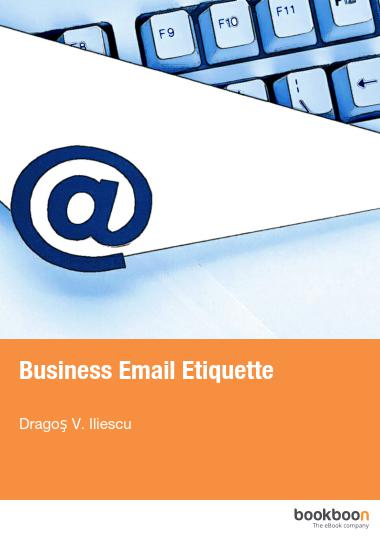Do Your Employees Know How To Use Email?

It is now the most popular form of communication in the workplace. Few employees work in the 21st century without needing to send emails. Although everybody knows how to use email, there is a concerning lack of professionalism. The problem is so common that some businesses feel email etiquette is a separate training programme and soft skill.
The average employee spends a quarter of the workday reading and writing emails. When employees do not know how to address others in the correct manner, it reflects badly on their and your professionalism. There is a solution to poor email etiquette and communication faux pas. Please read on with a simple yet effective training programme. It will help your employees communicate better with others via email and improve their productivity.
Why We Need Email Etiquette
Interpersonal communication is as about how we diffuse information to others. More than what we say and how succinct we are, it is also about how we convey that information. The methods we use and how that information is presented can have a massive impact on how people perceive you. When providing information to a customer or even senior manager, the style of communication strongly influences how the recipient perceives the sender. What we say and how we say it is about many things, including etiquette.
Etiquette is the code of politeness and behaviour in society (in this case, the workplace). An employee could provide relevant and useful information. However, their hard work could reflect poorly on your business or on them as an individual without good email etiquette.
- Professionalism: An email that uses the correct salutation, punctuation, spelling and grammar presents an air of professional conduct and attention to detail
- Efficiency and diligence: An email that addresses the point and answers the question(s) effectively helps the process or task move more smoothly
- Minimising liability: Employees who understand that their conduct in an email could get them or the business into trouble without due diligence will take care and keep emotions in check
Simple Rules for Good Email Etiquette
You need a long-term solution to ensure your employees understand the importance of email etiquette. However, there are some simple rules you can impress now to see an immediate improvement. With these tips, they will also improve their chances of a positive response.
- The email should have a relevant subject line: It should quickly summarise what the email is about. Good examples include “Meeting room has changed” or “updated details regarding your information request”.
- Use the correct salutation for the audience: “To all meeting attendees”, “Dear sir/madam”, and “Dear Mister/Mrs/Miss…” are perfectly fine as formal greetings. Many people use email in the same way they would email friends. “Hey guys!” and “Hello mate” are never suitable
- Spell and punctuate correctly: Typos are a fact of life although some email servers will spellcheck an email. You can create problems when employees persistently make the same grammatical errors. This also means strongly discouraging what today is known as “text speak”.
- Don’t write in ALL-CAPS: This is known as “shouting”. Not only is it unprofessional, it also comes across as aggressive in some circumstances.
The Solution to Widespread Poor Email Etiquette
While these quick tips are useful, you will need a sustainable long-term training solution. Classroom training has been a mainstay of office life for decades. That is now changing as businesses move to electronic learning – the benefits of which are countless. Amongst the benefits are the clear productivity improvements that permit employees to work on practical skills at their own pace and in their own time. Bookboon is one of the web’s premier providers of electronic training designed for businesses just like yours. Our comprehensive ebook library has thousands of titles on a wide range of subjects, including the new soft skills in email etiquette.




